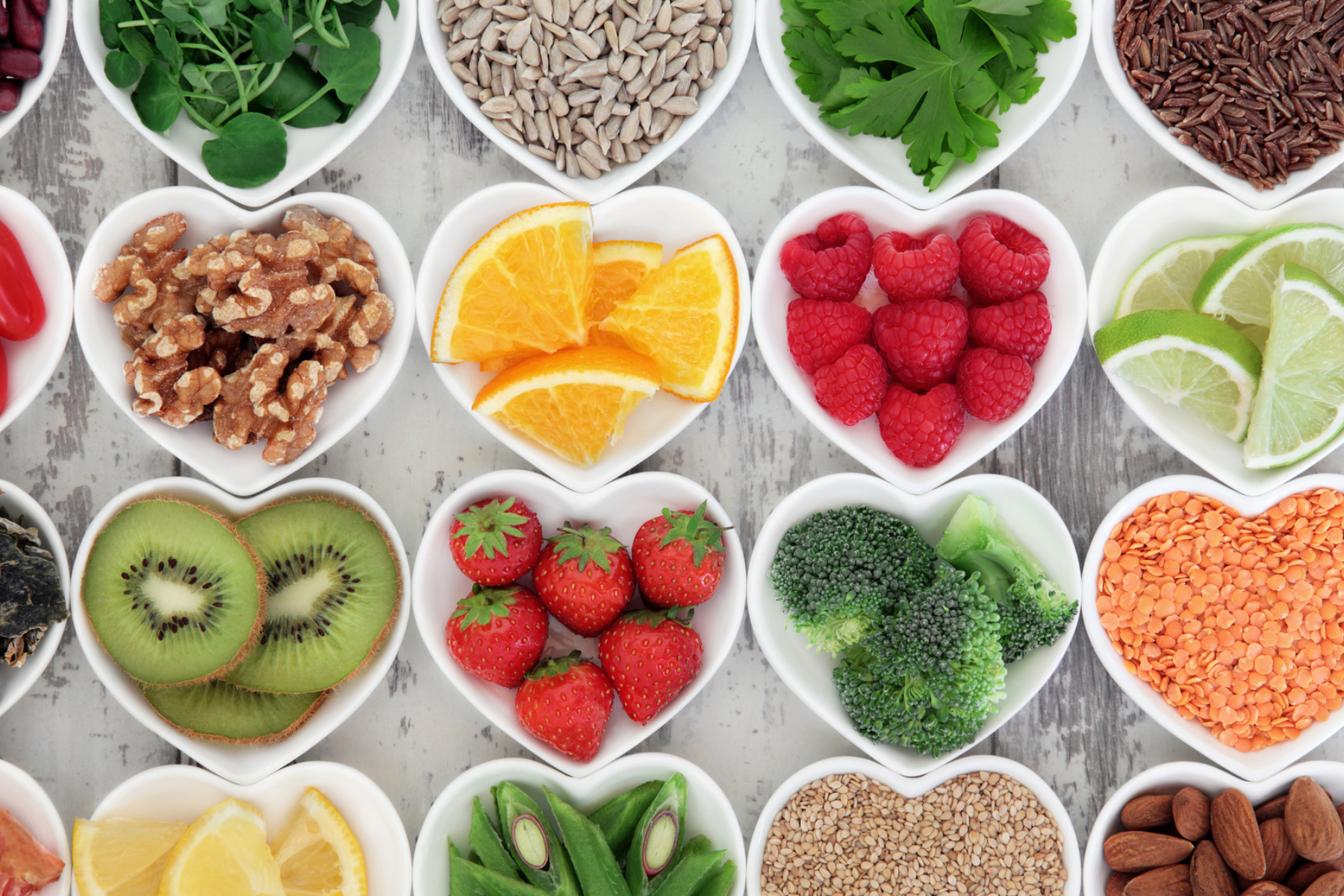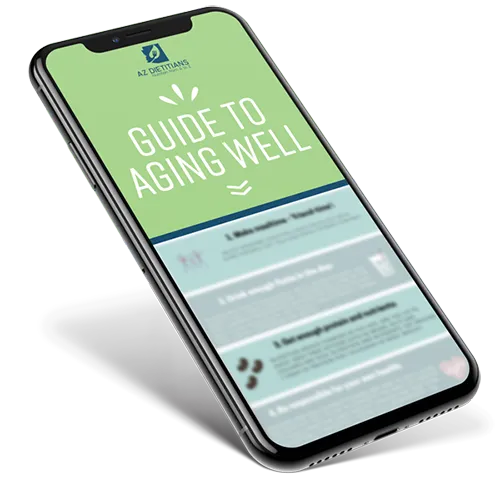Do you like to spend less and get more? Then you came to the right place. Today we’ll be discussing food synergy. This is a term that refers to the complementary effect that eating two or more foods together has on the nutrient absorption and utilization of those foods.
What the research shows:
Research has found that some nutrients can maximize the body’s benefits when paired with select components or under particular conditions. These findings have led to the theory of “food synergy”. This means that some nutrients work better together than others. Although the concept is still not understood enough to be fully supported as a treatment option, some observations have been significant enough for it to be considered an intervention (aka an action taken to improve a situation). The benefits of food synergy have been shown in ways such as better regulating appetite and satiety, improving digestion, allowing for increased nutrient absorption, enhancing the ability to fight disease and toxins, and much more.
Similar to the popular recommendations of “having a well-balanced diet” “or “eating well-balanced meals,” food synergy uses the scientific evidence behind the interactions between food that promote improved health outcomes. Below are some food pairings to get the most out of your nutrients.
What foods should be eaten together?
- Yogurt and chia seeds: Vitamin D and calcium
- Tomatoes and olive oil: Carotenoid and healthy fat
- Beans and red pepper: Iron and vitamin C
- Salmon and spinach: Magnesium and vitamin D
- Kale and avocado: Vitamin A and healthy fat
- Turmeric and black pepper: Antioxidants
- Steak and rosemary: Antioxidants
- Green tea and lemon juice: Antioxidants
Why should these nutrients be consumed together?
Vitamins and Nutrients:
- Calcium and Vitamin D– Calcium needs vitamin D available in order to be absorbed.
- Carotenoids and Healthy fat – Carotenoids are fat-soluble compounds with antioxidant properties, therefore they are better absorbed when consumed with healthy fats like monounsaturated fats.
- Vitamin C and Iron– Vitamin C increases the absorption rate of non-heme iron from plant sources. Therefore to get the most iron out of your meat sources, pair them with vitamin C!
- Vitamin D and Magnesium– Magnesium activates vitamin D in the body, and vitamin D enhances the absorption of magnesium.
- Vitamin A and Fat– Since vitamin A is a fat-soluble vitamin it should be consumed with a fat source to ensure maximum absorption.
Phytochemicals:
- Turmeric and pepper: The compound, piperine, in black pepper helps take up curcumin in turmeric which provides anti-inflammatory benefits.
- Steak and herbs: When used as a marinade, herbs such as rosemary contain phytochemicals that provide antioxidant and protective benefits to steak during the cooking process.
- Green tea and citrus: The vitamin c in lemon enhances the antioxidant properties found in tea.
Macronutrients:
- Protein, Fiber, and Healthy Fats: These are three components that will keep you full and satisfied for longer when paired together for meals and snacks. For example, Instead of just having a banana, try adding half of it to whole-grain toast with some nut butter. Or in your high-fiber vegetable salad, try including some chicken and avocado as protein and fat sources.
Ultimately, a pill won’t always be able to replace the complex interactions that naturally occur between vitamins, phytochemicals, macronutrients, and other compounds present in complete plant and animal sources. Therefore aiming to get all nutrient needs from whole foods is key to optimizing the benefits of a balanced diet and improving overall health.
- Jacobs DR Jr, Gross MD, Tapsell LC. Food synergy: an operational concept for understanding nutrition. The American Journal of Clinical Nutrition. 2009;89(5):1543S-1548S. doi:10.3945/ajcn.2009.26736B
- Jacobs DR, Tapsell LC. Food synergy: the key to a healthy diet*. Proceedings of the Nutrition Society. 2013;72(2):200-206. doi:10.1017/S0029665112003011







